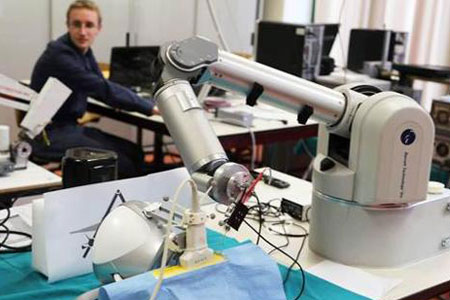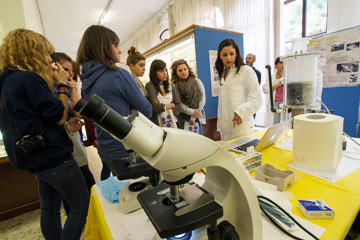Research interests
| Topic |
Description |
Research area |
|
Active learning
|
In active learning, the model iteratively queries an oracle (typically a human annotator) to label only the most informative data points that would contribute most to improving the model's accuracy. By doing so, active learning reduces the labeling cost and accelerates the model's learning process. This approach is particularly useful when labeled data is scarce or expensive to obtain. The research focuses on developing effective selection criteria to identify the most informative data points for labeling, thereby improving the efficiency of the active learning process.
|
Artificial Intelligence
Machine learning
|
|
Algorithms for Bioinformatics
|
Our research focuses on design of algorithms for the management and analysis of large scale biological data (e.g. -omics data of different types). Our research is driven by the idea that modern data sciences can contribute significantly to address important questions in life sciences. Algorithms from the fields of search theory (group testing), active learning, and data mining (particularly in sequences and networks), as well as, information theoretic approaches based on entropic analysis, can be used to support the causal understanding, diagnosis and prognosis of complex diseases.
|
Bioinformatics and medical informatics
Life and medical sciences
|
|
Unsupervised learning
|
Is an approach where models are trained on unlabeled data, with the goal of identifying hidden patterns or structures within the data without predefined labels. It is commonly used for tasks like clustering, dimensionality reduction, and anomaly detection. Open research in unsupervised learning focuses on improving the ability to discover meaningful structures in complex, high-dimensional datasets, often with limited prior knowledge. Key challenges include developing more effective clustering algorithms, improving the interpretability of models that uncover latent structures, and handling high levels of noise or sparsity in data. Additionally, there is ongoing work to bridge the gap between unsupervised learning and other paradigms, such as semi-supervised, self-supervised or contrastive learning, and to enhance the robustness of unsupervised models in real-world applications.
|
Artificial Intelligence
Machine learning
|
|
Supervised learning
|
Is an approach where models are trained on labeled data to learn a mapping from inputs to outputs, enabling them to predict correct labels for new, unseen data. While widely used for tasks like classification, regression, and time series forecasting, open research in this field addresses several challenges. Key questions include how to make models more robust to label noise and inconsistencies, improve sample efficiency to reduce the need for large labeled datasets, and enable effective transfer learning across different tasks and domains with limited labeled data. Additionally, addressing issues of fairness and bias in supervised models, as well as improving scalability to handle large datasets without compromising performance, and attention/transformer-based approaches remain active areas of exploration.
|
Artificial Intelligence
Machine learning
|








 cicalese
cicalese univr
univr
